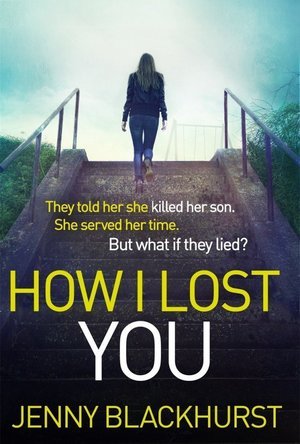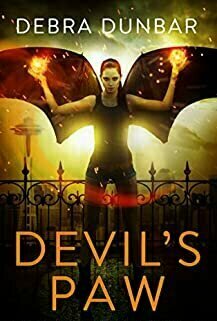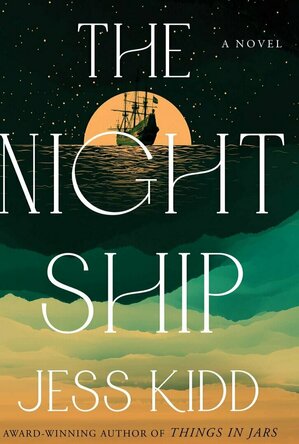
Pitch Black: The Story of Black British Footballers
Book
When Paul Canoville took to the pitch for Chelsea in 1982, he was prepared for abuse. When the...
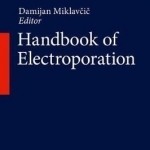
Handbook of Electroporation: 2017
Book
This major reference work is a one-shot knowledge base on electroporation and the use of pulsed...
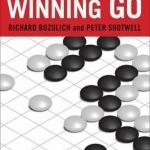
Winning Go: Successful Moves from the Opening to the Endgame
Peter Shotwell and Richard Bozulich
Book
Master the game of Go with this expert guide. Go is a two player board game that first originated in...

Johns Hopkins Textbook of Cardiothoracic Surgery
David Daiho Yuh, Luca A. Vricella, Stephen C. Yang and John R. Doty
Book
This is the landmark guide to adult cardiac, congenital cardiac, and general thoracic surgery -...

Berek and Hacker's Gynecologic Oncology
Jonathan S. Berek and Neville F. Hacker
Book
Get the evidence-based, practical guidance you need to provide state-of-the-art care to women with...

Every Breath You Take (Under Suspicion, #5)
Book
“Queen of Suspense” Mary Higgins Clark and Alafair Burke are back with their fourth book in the...
Hazel (2934 KP) rated How I Lost You in Books
Jun 20, 2020
The book starts with a letter written by convicted child killer Susan Webster to the Parole Board seeking early release from her prison sentence that was handed down following her conviction for the murder of her 3 month old son, Dylan ... a murder she has absolutely no recollection of but had to admit she committed the crime because everyone was telling her she did. On release, Susan, now called Emma, is making attempts to rebuild her life however when she receives a picture of a toddler called Dylan, she starts to ask questions and so begins Susan/Emma's search for the truth of what actually happened on that fateful day.
Written mainly from the perspective of Susan/Emma with flashbacks of other characters, it's told at a good pace with good tension and twists. The characters are excellent and well developed but if I have one gripe, it's that Susan/Emma is a little naive and quick to trust despite her situation of having to live under a new identity to protect herself which I found a little odd.
Overall, I found this a gripping story that had me captivated until the end and I will most definitely read more from this author.
Thank you to Headline via NetGalley for my copy in return for an honest and unedited review and I can only apologise that it has taken me so long to get round to reading it.
Leanne Crabtree (480 KP) rated Devil's Paw (Imp, #4) in Books
Jan 6, 2021
A Romance Reader's Reviews
3.5 stars.
This has been borrowed from the Kindle Unlimited library.
Once again, this is a book that has been on my wish list on Amazon for several years. 2017, I think, when I read an anthology containing books 1-3 and really enjoyed them.
This one starts with Sam preparing for Wyatt's birthday. She's got him a special gift - his sister that was stolen at birth and switched with a changeling. Wyatt is over the moon at having his real sister back and is determined to help her get used to life in the human world.
On another note, Sam is now the Iblis and has to write reports for every human she kills - both accidentally and on purpose - and go before the board of Angels to explain herself. One of these times is after she is attacked by an angel, a mage and two human thugs working together. Yet no one believes her claims.
On yet another note is that someone or something is killing demons and devouring their souls, leaving behind their husk all over the Americas and Sam is the prime suspect. Gregory eventually believes her and tries to clear her name.
I've been wanting something to happen between Sam and Gregory for a while in this series, so I was very happy indeed when things progressed in this one.
I'm not going to go into any more detail but that ending has me wanting to read the next one. I need to know what happens next with Sam and co.
ClareR (5996 KP) rated The Night Ship in Books
Dec 12, 2022
The story switches between the two children, and I couldn’t wait to read about each perspective. Mayken is a happy, curious child, who is desperate to explore the world below decks - which due to her status, she isn’t supposed to do. So she enlists the help of a cabin boy and disguises herself. Mayken searches for a monster below decks, the Bullebak, as things start to go wrong on the ship. But it soon becomes apparent that the threat doesn’t come from a monster.
Gil doesn’t want to live with his uncommunicative, distant grandfather. He doesn’t want to fish with him either. And her certainly doesn’t want to talk about what happened with his mother. He finds solace in his friendships with an ancient tortoise called Enkidu, and Silvia Zanetti, the wife and mother of his grandfathers enemies, Frank and Roper (the latter sounds like he should be locked up, to be honest).
I absolutely loved this book. Mayken and Gil are both such tragic characters who only need someone to care for them. It’s a magical story, made more so by the imaginations of the two children. It’s a shame that the real world has to encroach on them.
Highly recommended.
The Bandersnatch (199 KP) rated Memoirs of a Geisha in Books
Nov 7, 2019
My opinion of the book is one of both curiosity and interest. Japan is one of those countries where its history and culture is both unusual and mysterious. The book gives a brief glimpse into the hidden world of the Geisha which are a prominent spot in Japanese culture but are relatively unknown world wide. I believe that the story of Sayuri is one of personal travel and evolution. Since we see Sayuri';s experience as a child before becoming a Geisha, experiencing the horror of war and eventually finding love with the Chairman.
Arthur Golden was born on December 6th 1956 in Chattanooga, Tennessee. When he was eight years old his parents divorced with his father dying five years later. He spent most of his childhood living in lookout mountain, Georgia before graduating from the Baylor school in Chattanooga in 1974. After earning a degree in Fine art (Specifically Japanese art), an M. A. in Japanese history, Golden spent a summer at the Peking University in Beijing and spent some time working in Tokyo. When he returned to the states he earned an M. A. in English at Boston University. Golden married Trudi Legge and they went on to have two children Hays and Tess.
After getting the initial idea for Memoirs of a Geisha Golden spent six years over the story rewriting it at least three times, changing the view point until settling on the viewpoint of Sayuri. Golden had spent time interviewing several Geisha including Mineko Iwasaki (who ended up suing Golden when the Japanese version of the book came out for breach of contract.....the case was settled out of court in 2003) all of whom provided information about the world of the Geisha. After its release Memoirs of a Geisha spent two years on the New York Times bestseller list, its sold more than four million copies in English alone and has been translated into thirty-two languages around the world. In 2005 the book was made into a movie garnering three academy awards.
My opinion of Arthur Golden is very small and somewhat limited.......I believe he is a fantastic writer and very knowledgeable about Japanese history and art....Much more so than I am but hearing he faced being sued because of citing who his sources were when he was contracted not to has put something of a dampener on his character in my eyes.
Memoirs of a Geisha was released as a Movie on December 9th 2005 under director Rob Marshall and Produced by Steven Spielberg's production Company Amblin Entertainment and Spyglass Entertainment. With its production from pre- to post-production taking place mainly in California US, with a few spots filmed in Kyoto Japan. The movie received mixed reviews in the western world and received somewhat negative reviews in Japan due to its mixed casting of Chinese and Japanese actors and actresses and its relationship to history. Despite the chaos they won three Academy Awards (Best Art Direction, Best Cinematography and Best Costume Design), a Golden Globe (Best Original Score), A national Board of review (Best Supporting Actress), a satellite award (Outstanding screenplay) and three BAFTA's (Cinematography, Costume design and the Anthony Asquith award for Achievement in film music).
Whilst I quite like the movie I definitely feel that if more effort was put into tying more of both Japanese and Geisha history was some how tied into the movie. As well as using more Japanese Actors and actresses in the roles......despite that I believe the actors and actresses did a very good job in brining the script to life and keep a layer of mystery and fluidity to their roles.
And there you have it a book for all the ages, its definitely under the banner of AWESOME!!!.
